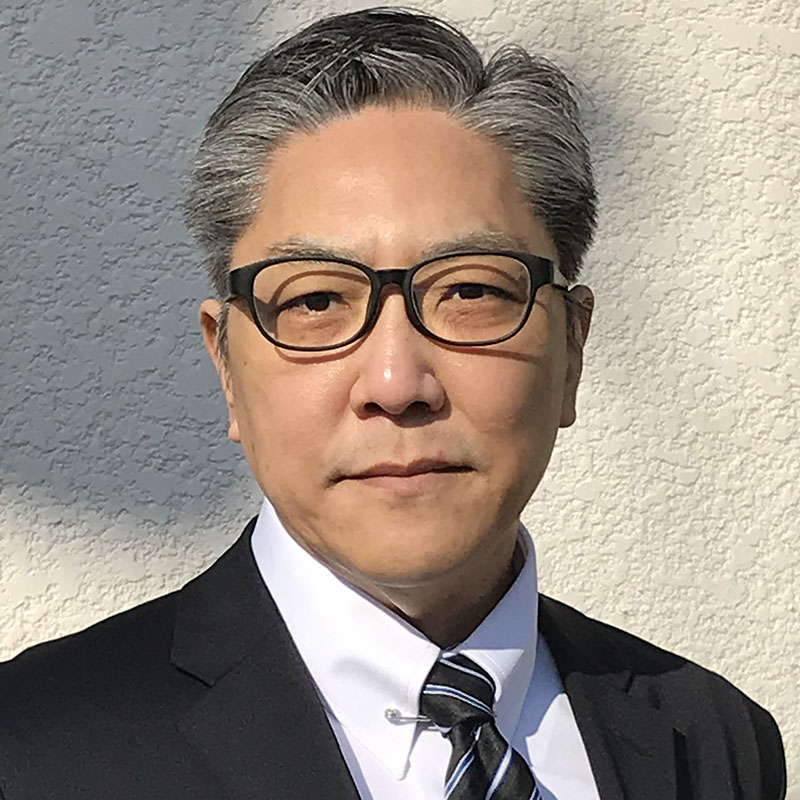
Teruaki Georges SUMIOKA, Ph.D.
Full Professor, OSAKA UNIVERSITY of ARTSPh.D. (TOKYO UNIVERSITY of the ARTS, in Aesthetics)
MA(The UNIVERSITY of TOKYO, in Philosophy)
Liberal Arts Course, Faculty of Arts
OSAKA UNIVERSITY of ARTS
469 Higashiyama Kanan-cho, Minamikawachi-gun
Osaka 585-8555 JAPAN
email: sumioka(at)osaka-geidai.ac.jp
ACADEMIC FIELD: Philosophy, Mediaology
ACTIVITY: Writer, Designer, TV Planner
1962 Born in Seijo, Tokyo. graduated from YUKARI Kindergarden, SEIJO-GAKUEN High School.
1981 enrolled in Inter-Class, The UNIVERSITY of TOKYO. participated in Ferienkurse, RUPRCHT-KARLS-UNIVERSITÄT HEIDELBERG, Germany.
1987 promoted into Graduate School, The UNIVERSITY of TOKYO. 1987-95 TV Planner in LIVE TV TILL DAWN!, TV ASAHI.
1991 graduated from The UNIVERSITY of TOKYO. 1991-2000 Lecturer in TAMAGAWA UNIVERSITY.
1998-2010 tennured Assistant and Associate Professor in TOKAI UNIVERSITY. 2008-09 Guest Professor in GUTENBERG UNIVERSITÄT MAINZ, Germany.
2010- Full Professor in OSAKA UNIVERSITY of ARTS.
